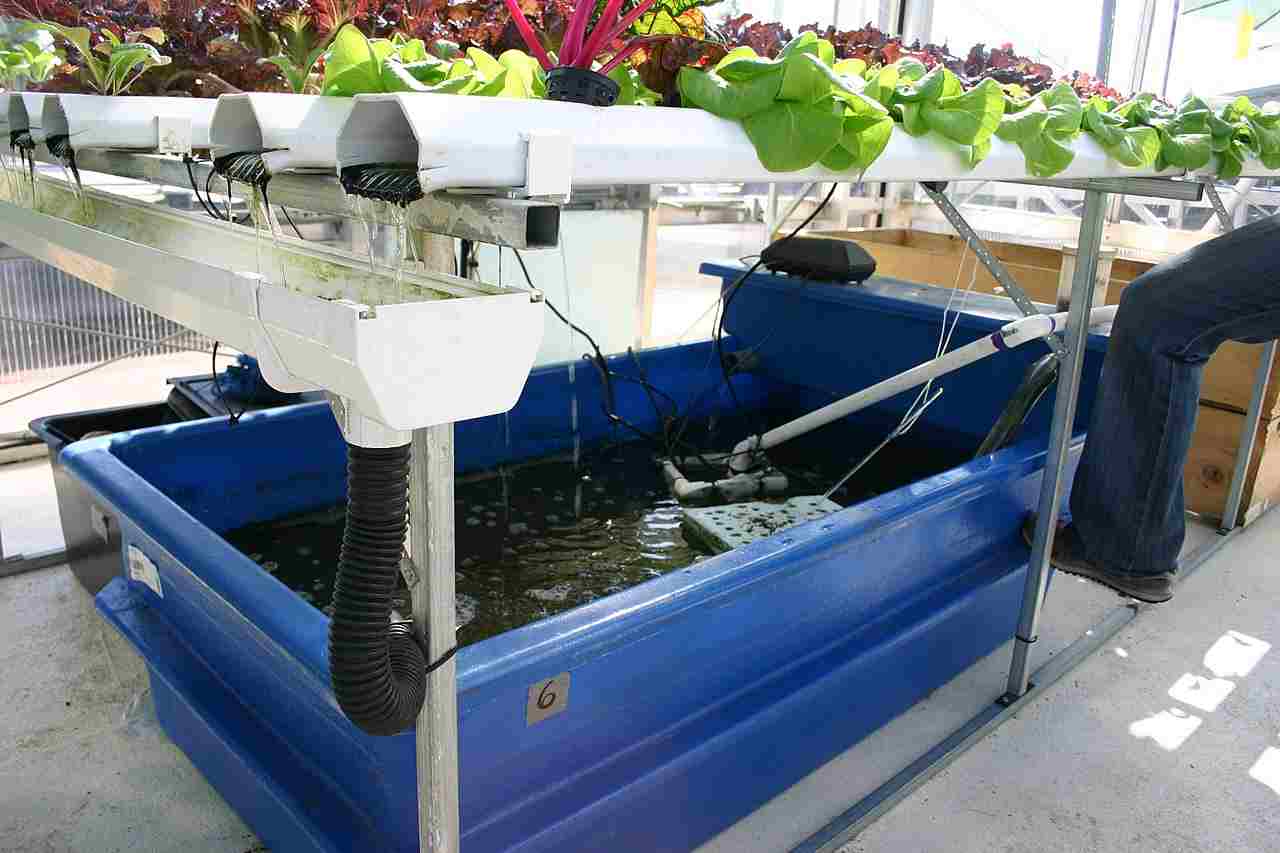Decarbonization Definition, Goal, and Relevance Explained
Decarbonization is any method, activity or process that leads to a decrease in carbon concentration within a given medium or environment. This article discusses decarbonization definition, goal and relevance, as outlined below;
-Decarbonization Definition: 5 Ways to Define Decarbonization
-Is Decarbonization Necessary? An Assessment of the Relevance of Decarbonization
Decarbonization Definition: 5 Ways to Define Decarbonization
Decarbonization simply refers to the use of any applicable methods, mechanisms or equipment, to remove or reduce carbon in a system.
It is mostly applied for the reduction of excess carbon dioxide that is produced from human activities [1].
While decarbonization is most commonly used to reduce carbon in the environment, it can also be used in vehicles and other fuel-related systems [2].
The following decarbonization definition highlights the basic mechanism(s) involved in the decarbonization process;
Decarbonization is the active reduction of carbon intensity through any of various strategies or mechanisms including source reduction and/or replacement, carbon capture, carbon sequestration, conversion and utilization
Aside decarbonization strategies and mechanisms, another important factor is the equipment or tools used. Some of these are mentioned in the decarbonization definition below;
Decarbonization is the process of reducing or removing carbon from the environment, using equipment like carbon cleaners, scrubbers, absorption chambers, electrifiers and electrolyzers.

The alternative decarbonization definition below highlights some of the benefits of decarbonization;
Decarbonization is a process of environmental and industrial carbon reduction, which is essential to achieving economic, environmental and social sustainability; by optimizing the quality, productivity, and roles of carbon sinks and sources, in the ecosystem [3].
It can also be said that decarbonization helps to reduce resource depletion, as it creates awareness on the importance of energy conservation and recovery of waste. The more common functions of decarbonization include mitigating environmental degradation in the form of climate change, global warming, pollution and desertification, among others.
Below is another decarbonization definition that highlights links to some related concepts and contexts;
Decarbonization is a sustainable development endeavor, that aims to improve soil, water and air quality, as well as energy efficiency of processes, by reducing environmental carbon; thereby supporting similar endeavors like recycling, energy recovery, hazard management, soil conservation, water conservation, and renewable energy development.
Goal of Decarbonization
The ultimate goal of decarbonization is to eliminate all carbon emissions caused by unsustainable human activities, thereby restoring ecological equilibrium, and improving economic, social and environmental resilience.
Aside this goal of mitigating manmade environmental impacts on environmental carbon intensity, other objectives of decarbonization include;
1. Facilitating the energy transition and
2. Improving the ecologic sustainability of fossil fuels
3. Optimizing the process of biomass conversion for production of renewable fuels
4. Supporting circular economic practices like recycling
5. Reducing wastage and resource depletion by improving the safety and reliability of waste-to-energy conversion
6. Saving cost on environmental remediation and carbon taxes
Is Decarbonization Necessary? An Assessment of the Relevance of Decarbonization
Decarbonization is necessary in cases where carbon emissions are significant, or where carbon buildup has occurred.
It is also recommended where other ways of reducing carbon such as material and energy substitution, cannot be applied or are not effective.
Conclusion
Decarbonization is the act or process of removing or reducing carbon intensity in any system, medium or environment.
The goal of decarbonization is carbon neutrality; where the amount of carbon emitted into the environment is equivalent to that which is consumed or recycled by the environment.
Decarboization is necessary in scenarios that involve excessive and unsustainable carbon emission, or where there are no alternatives for reducing carbon intensity.
References
1). Fawzy, S.; Osman, A. I.; Doran, W. J.; Rooney, D. (2020). “Strategies for mitigation of climate change: a review.” Environmental Chemistry Letters 18(5). Available at: https://doi.org/10.1007/s10311-020-01059-w. (Accessed 4 November 2022).
2). Zhou, X.; Kuosmanen, T. (2019). “What Drives Decarbonization of New Passenger Cars?” Available at: https://doi.org/10.13140/RG.2.2.34271.92323. (Accessed 4 November 2022).
3). Waring, B.; Neumann, M.; Prentice, I. C.; Adams, M. A.; Smith, P.; Siegert, M. (2020). “Forests and Decarbonization – Roles of Natural and Planted Forests.” Frontiers in Forests and Global Change 3. Available at: https://doi.org/10.3389/ffgc.2020.00058. (Accessed 4 November 2022).













